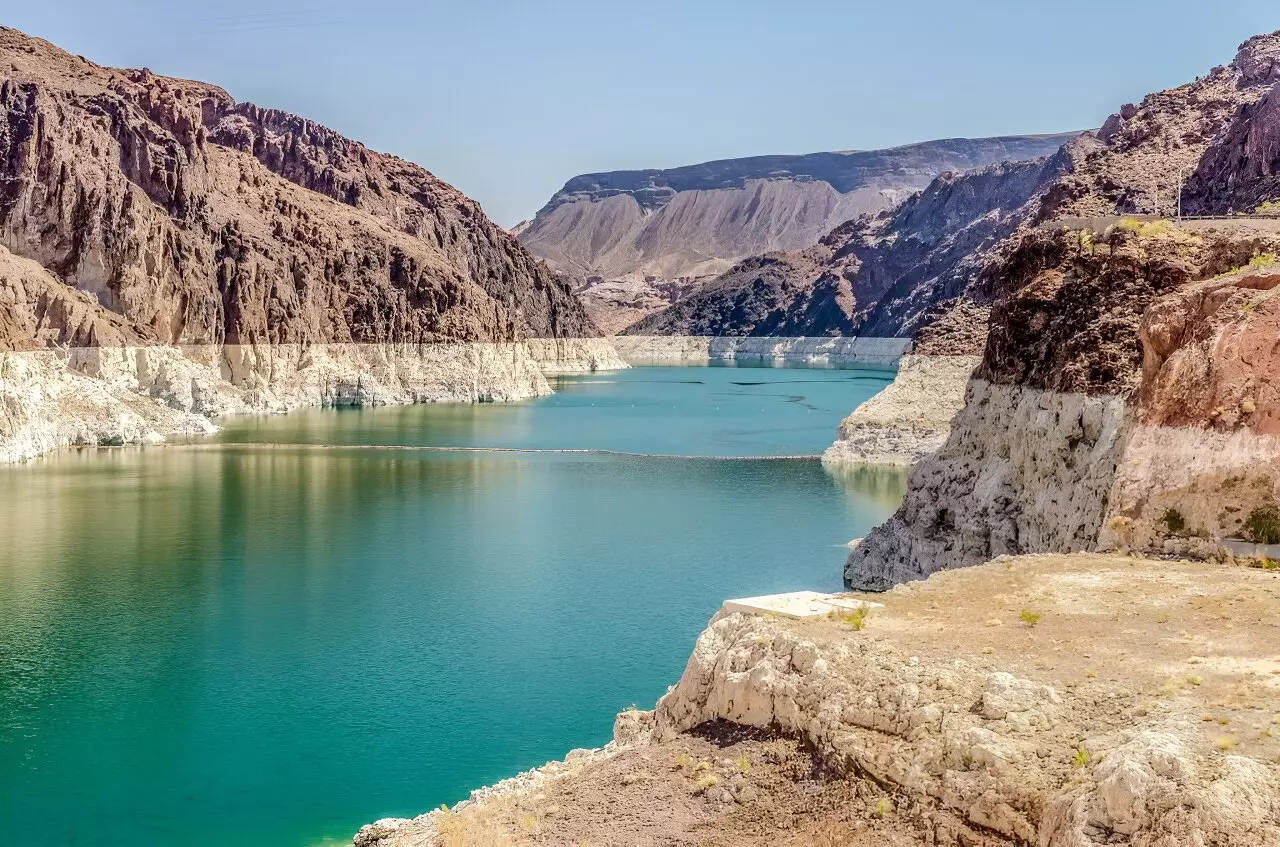As extreme weather events and shifting climate patterns become increasingly prevalent across the United States, a new study has shed light on the deteriorating reliability of the nation’s water reservoirs. The research, conducted by a team led by hydrologist Caelan Simeone, reveals alarming trends in water storage across the continental U.S., particularly in western and central regions. The findings, published in *Geophysical Research Letters*, offer a crucial update that may influence water management practices in the face of a warming world.
The study indicates that many major reservoirs are now experiencing unprecedented periods of low storage, which are not only longer but also more severe and variable than those observed several decades ago. These changes are not confined to the arid western states; even reservoirs in the eastern and southeastern U.S. are showing signs of stress. With the reliability of natural water sources—such as snowpack, river flows, and groundwater—diminishing, the importance of man-made reservoirs has grown significantly. However, interruptions in their operations could lead to critical water shortages downstream, aggravating the pre-existing water crisis.
In analyzing water levels across 250 large reservoirs from 1981 to 2020, the research team noted a troubling trend: 169 of these reservoirs displayed declining maximum storage levels, with 89 of these showing significant drops. Collectively, the median reduction in maximum water storage was calculated to be 2.2%, but for those with marked declines, that figure surged to 8.1%. These statistics paint a stark picture of a national water system under duress.
Several factors contribute to the declining reliability of these reservoirs, as highlighted by the study. Drought conditions are a significant driver, with the period from 2000 to 2021 recorded as the driest in over a millennium for several regions, particularly affecting Lakes Mead and Powell. As drought conditions intensify, the pressures on water storage systems increase dramatically, stretching these reservoirs beyond their designed operational parameters.
In addition to drought, practices related to water withdrawals and sediment accumulation behind dams are further complicating reservoir usage. Sediment buildup reduces the capacity for water storage, while human demand for water is constantly rising. Therefore, it becomes increasingly critical for state and local managing bodies to reassess operational models that were created under historical norms that no longer apply.
The evolving landscape of water management needs to consider the broader implications of climate change. According to Simeone, water reservoirs were designed decades ago under the notion that climatic conditions would remain relatively stable. Unfortunately, this foundational assumption has proved erroneous, placing added pressure on existing water storage systems. The study underscores a fundamental dilemma for water managers: how can they adapt existing reservoirs to cope with unpredictable weather patterns and growing scarcity?
Moreover, the research advocates for a greater understanding of water storage dynamics on a national level. While previous studies have tended to concentrate on localized or regional data, this research opens the door for a more comprehensive national framework that can inform better water management strategies. Such a move is crucial for confronting the reality of climate-related variability and ensuring a sustainable water future.
Simeone emphasizes the essential role reservoirs play within the modern water cycle, urging water managers to heed these findings. As the conditions under which these reservoirs were built no longer reflect the realities of today’s climate, it is imperative that adaptive management strategies be developed. Improved water forecasting tools and informed decision-making frameworks could play a pivotal role in bolstering the reliability of water supplies across the nation.
Finally, the implications of these findings call for a reevaluation of existing water policies, as well as collaborative efforts among various stakeholders, including local communities, governments, and environmental organizations. The health of our reservoirs not only affects water availability but also impacts agriculture, urban planning, and ecosystems. As the pressures of climate change become more pronounced, proactive measures must be undertaken to safeguard one of our most vital resources: water.
The challenges posed by diminishing reservoir capacities offer both a warning and an opportunity for change in U.S. water management practices. By effectively addressing these issues now, we can better prepare for a future where water may become one of our scarcest commodities.

